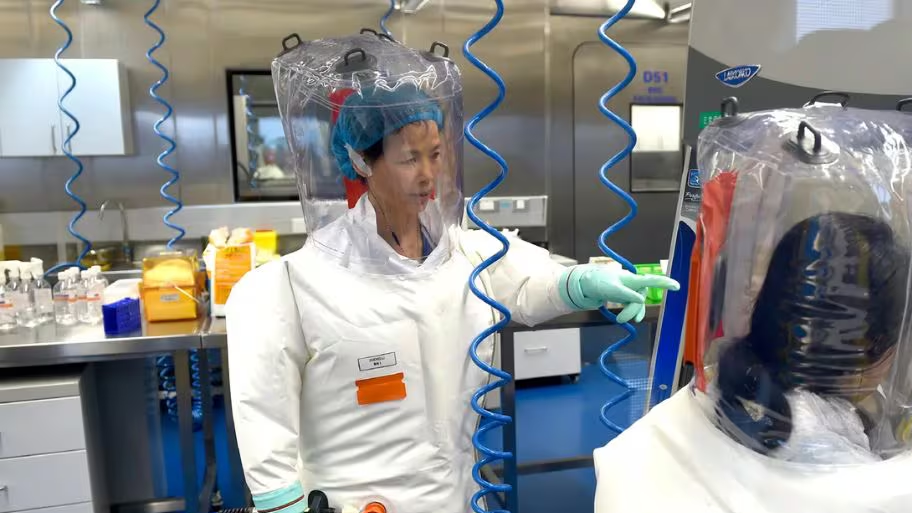Shi Zhengli, the Chinese scientist infamous for research that’s suspected to have caused the Covid-19 pandemic, has led a study that has found a new coronavirus that works similar to SARS-CoV-2, the virus that causes Covid-19 disease.
There are several hundreds of coronaviruses across multiple categories. Of them, only a handful, including SARS, SARS-CoV-2, MERS, and a few others, infect humans. With the latest study, Shi has claimed to have found another coronavirus that can infect humans and that too in the same way that SARS-CoV-2 does.
In a study published in Cell journal this week, Shi and her fellow researchers said they have found a new virus related to the HKU5 coronavirus that uses the ACE2 receptor to infect organisms. The SARS-CoV-2 also uses the ACE2 receptor for the infection.
Shi et al in their study said that the new virus, which they called HKU5-CoV-2, carries “a high risk of spillover to humans, either through direct transmission or facilitated by intermediate hosts”.
The research was conducted by Shi’s Wuhan Institute of Virology (WIV), Guangzhou Laboratory, and Guangzhou Academy of Sciences. The WIV is is at the centre of risky viral research that’s suspected to have caused the Covid-19 pandemic. For years until the Covid-19 outbreak in Wuhan, WIV scientists conducted ‘gain of function’ (GoF) research on coronaviruses and an accident during the research is suspected to have caused the pandemic.
In the years following the outbreak, it emerged that there was a proposal to develop exactly the same kind of coronavirus in a lab that emerged in the outbreak in Wuhan in late 2019. This has been seen as the clinching circumstantial evidence to believe that a lab-origin is much likelier than natural origin.
However, Shi and several other scientists have maintained that the virus emerged naturally, but there is no evidence for the natural origin of the Covid-19 pandemic so far. Supporters of the natural origin of Covid-19 have not been able to furnish source of the virus. For her work on bat coronaviruses, Shi is infamous as the ‘Bat Woman’ in the international community.
In their study, Shi et al noted that HKU5-CoV-2 was more dangerous than its predecessor virus.
“Structural and functional analyses indicate that HKU5-CoV-2 has a better adaptation to human ACE2 than lineage 1 HKU5-CoV. Authentic HKU5-CoV-2 infected human ACE2-expressing cell lines and human respiratory and enteric organoids. This study reveals a distinct lineage of HKU5-CoVs in bats that efficiently use human ACE2 and underscores their potential zoonotic risk,” noted the researchers.


